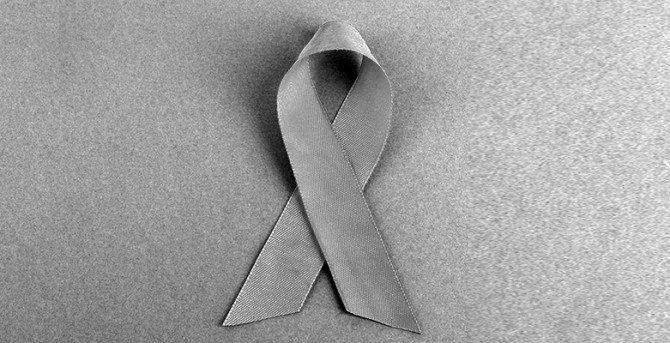HIV/AIDS Infected Persons
HIV/AIDS is a public health issue unlike any other. It began as an epidemic and when no one understood how it was spread, a campaign of fear ensued. In the early 1980s, infected individuals were evicted from their homes and fired from their jobs. It soon became clear that HIV was spread through bodily fluids; however, it was initially believed that HIV only affected homosexuals, as it spread quickly at first through the homosexual community. Later it became obvious that anyone could contract HIV, regardless of their sexual orientation, and it was fatal in most cases. There was no available treatment, let alone a cure. Discrimination against those who had tested positive for HIV was the result of misinformation and propaganda. Although there is no cure even today for AIDS, public health campaigns that serve to inform people about this disease and how it is spread have helped to reduce stigma and discrimination.
Legal Issues
In 1990, the Americans with Disabilities Act (ADA) was passed. The Supreme Court ruled that the ADA includes all individuals infected with HIV/AIDS, even those persons who have tested positive but do not exhibit symptoms. The ADA prohibited employers from discriminating because of an individual’s disability and applies to all employment decisions, from hiring to termination and anything that may occur in between. The ADA also offered HIV positive individuals the same legal rights and protection as persons with medical disabilities. In 1996, the United States Congress passed another law, called the Health Insurance Portability and Accountability Act (HIPAA). The goal of HIPAA was to ensure medical records, along with other health-related information, were kept private. Individuals were given access to their own medical records and authority over how they are used. This law has helped HIV positive individuals to keep their health status private.

Affected Groups
There are an estimated 1.1 million persons infected with HIV in the United States. Research has shown that approximately 16% of HIV positive people are not yet aware that they are infected. In the past ten years, the number of new infections per year has stabilized. In 2011, 49,273 people were diagnosed as HIV positive, while 32,052 were diagnosed with AIDS. However, certain groups are disproportionately affected by the disease. Gay and bisexual men are most affected, especially young, male African Americans who have sex with men. HIV is present in the African American population in the highest concentration compared to any other ethnic group, followed by Hispanics and Latinos.
Challenges
Social and legal issues for HIV/AIDS infected individuals include issues in a number of domains, including: employment, anti-discrimination laws, housing, personal finances, legal counseling, travel, immigration, transmission of HIV as a criminal offense, end-of-life decisions, confidentiality, and consent to tests. In the workplace, the ADA was a major step forward for individuals living with HIV/AIDS. Today, people who feel they have suffered discrimination in the workplace because of their health status are encouraged to file complaints, which may lead to the employer receiving a fine or other legal ramifications.
